Have you ever stumbled across a gluten-free recipe that looks almost too good to be true? The photos show gluten-free bread that has the perfect rise, and the texture looks just right—but then you scan the ingredient list and see something unfamiliar: psyllium husk. What is psyllium husk? Is the gluten-free flour not enough on its own, and do you really need to make psyllium gel? Keep reading about this magical ingredient for some psyllium husk 101.
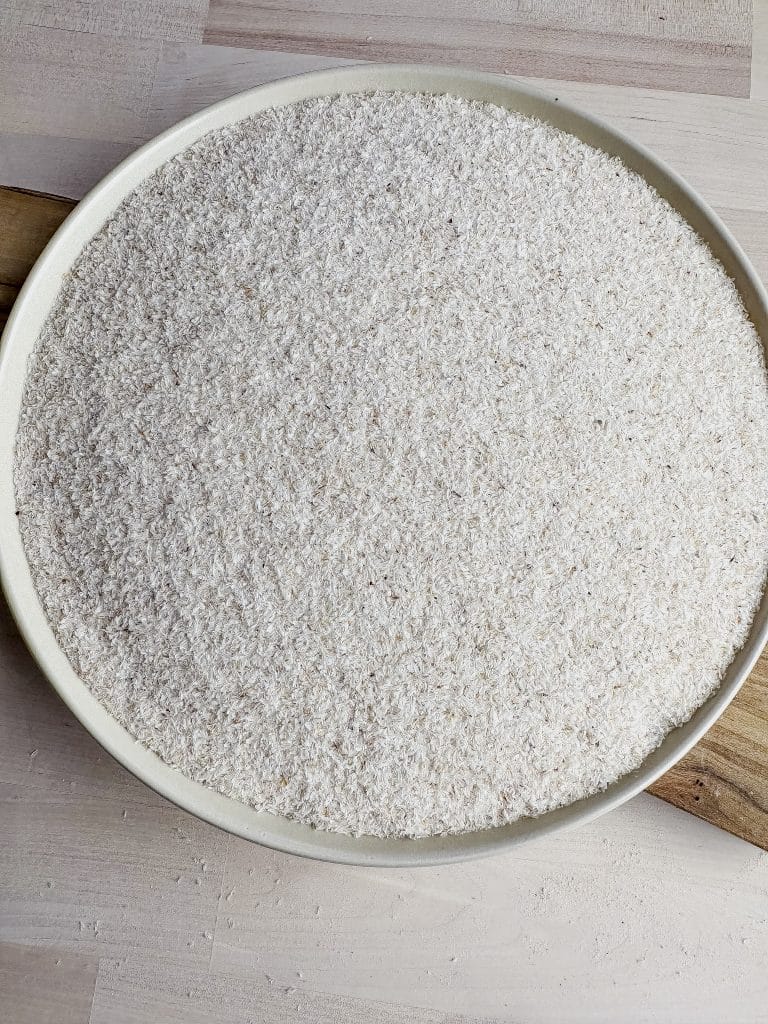
Please note that this post may contain affiliate links. As an Amazon Associate, I may earn commissions from qualifying purchases, at no additional cost to you. Thank you for supporting our family in this way.
I first discovered psyllium husk when I started making Gluten-Free Sourdough Bread for my daughter who has Celiac Disease. A friend gave me some Gluten-Free Sourdough Starter along with a basic recipe, but one ingredient left me scratching my head—psyllium husk. When I asked her where to find it, she pointed me to the pharmacy section of the grocery store. Her recipe used psyllium husk powder, the kind often sold as a dietary supplement because of its prebiotic fiber benefits and ability to support digestion.
As I refined my recipes and baking methods over the years, I found that I much prefer using whole psyllium husks rather than the powder. The texture and structure they provide make a big difference in gluten-free baking! Keep reading to understand why.
What is Psyllium Husk?
Psyllium husk is a plant-based fiber derived from the outer husks of psyllium seed, also known as Plantago ovata seeds. It’s commonly used as a dietary fiber supplement because it is water soluble and forms a gel-like consistency, which supports digestion and gut health.
In the absence of gluten, psyllium husk is a game-changer for gluten-free and allergen-friendly baking. Because, yes, psyllium husk is gluten free! I think it is the best binder, as it helps create structure, making gluten-free dough more workable and even kneadable—a challenge that many gluten-free bakers face.
Psyllium husk also has some health benefits. It is a water-soluble fiber best known for its gentle, bulk-forming laxative properties. It has digestive benefits and helps regulate bowel movements, while also offering additional benefits such as relieving constipation, regulating blood sugar levels, and promoting heart health. As the main ingredient in Metamucil, psyllium is commonly used for digestive support. However, in it’s health claims it may affect blood pressure, so if you have concerns, it’s best to consult your doctor before using it.
Why use Psyllium Husk in Gluten Free Baking?
When baking without gluten, one of the biggest challenges, and the thing we miss the most of our gluten laden counterparts is getting the right texture and structure. Gluten is what gives traditional bread its chewiness and elasticity, and without it, baked goods can turn out into dense bread which is never what we want! That’s where psyllium husk comes in. We are chasing after that perfect texture like we miss from regular bread!
Psyllium husk is a game-changing binder in gluten-free and allergen-friendly baking, creating a texture that mimics traditional wheat-based bread. It forms a gel-like network that retains moisture and gas released by yeast or baking agents, improving hydration/ moisture retention, structure, and elasticity. While it doesn’t trap carbon dioxide like gluten, it helps support a better rise and prevents dense bread
with crumbly texture. This food product is best for those avoiding gluten, eggs, or gums (like xanthan gum), psyllium husk is a must-have for Celiac-safe and vegan-friendly recipes. The result? A lighter, fluffier loaf that brings gluten-free bread closer to the real thing!

What’s the Difference Between Whole Psyllium Husk vs. Psyllium Powder
Both whole psyllium husk and psyllium husk powder come from the same source—the outer husks of the Plantago ovata seed—but they have different textures and absorption rates, making some significant differences.
Whole Psyllium Husk
- Texture: Coarse, flaky, and fibrous.
- Absorption: Absorbs water more slowly than the powder but still forms a gel.
- Best for: Gluten-free bread recipes where structure and flexibility are needed. Whole husks create a more airy texture and better elasticity in dough.
Psyllium Husk Powder
- Texture: Finely ground, similar to flour.
- Absorption: Absorbs water quickly, forming a thick, gel-like consistency.
- Best for: Gluten-free recipes where a finer texture is needed, such as tortillas or delicate baked goods. It’s also more commonly sold as a fiber supplement.
How Does Psyllium Husk Help in Gluten-Free Baking?
Psyllium husk works in a few key ways:
- Binding: It acts as a binding agent, holding gluten-free doughs together so they don’t crumble apart.
- Structure: It works as a thickening agent that helps gluten free baked goods hold their shape, preventing them from spreading too much or collapsing.
- Elasticity: When mixed with water, psyllium husk forms a gel that mimics the stretchiness of gluten, making bread dough easier to handle and giving it a more traditional texture.

Conversion: How to Convert Whole Psyllium Husk to Powder
If a recipe calls for whole psyllium husks but all you have is psyllium husk powder, don’t worry—you can still make it work!
Use 20% less powder than the amount of whole husks called for.
For example, if the recipe says 20g of whole psyllium husk, you’ll only need 16g of psyllium husk powder to get the same effect.
- This is because the powdered version has more surface area and better absorbs the liquids used in the recipe.
- If you don’t decrease the amount to 16 grams, your final baked goods will probably have a very gummy, and sticky texture.
Conversion: How to Convert Psyllium Husk Powder Amounts for Whole Psyllium Husk
If a recipe calls for psyllium husk powder but all you have is whole psyllium husks, you would use this conversion:
Simply use 25% more whole psyllium husks than the amount of powder called for.
For example, if the recipe says 16g of psyllium husk powder, you’ll need 20g of whole psyllium husks to achieve the same effect.
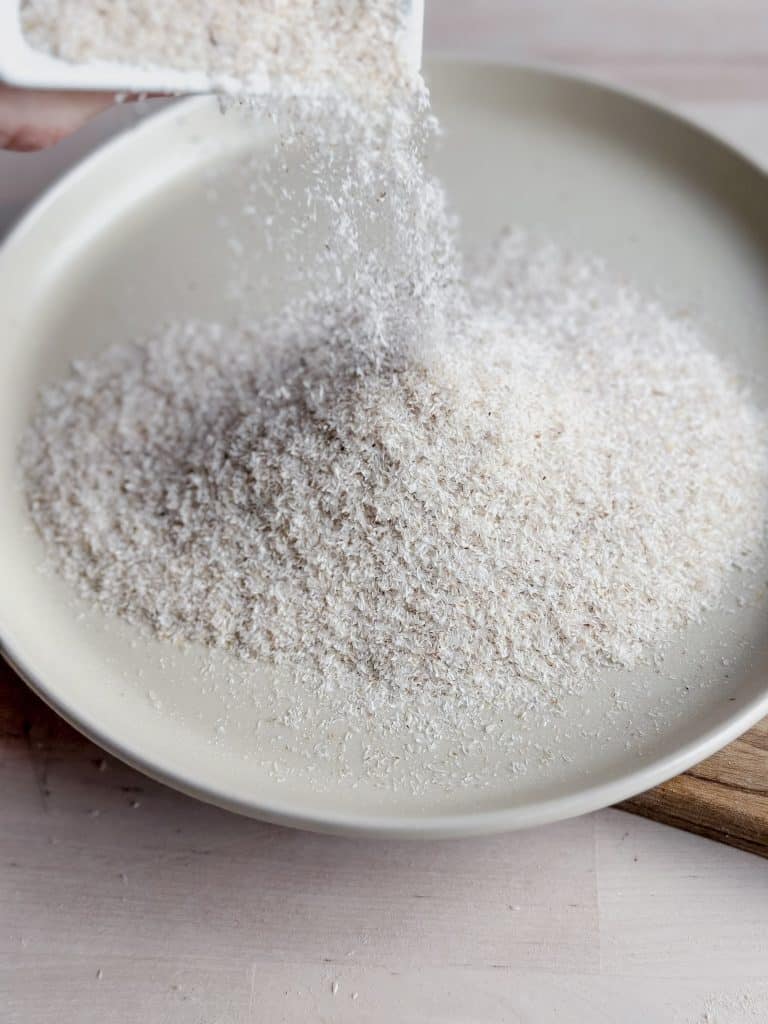
Where to Buy Psyllium Husk for Baking
You can find psyllium husk in a few different places, depending on whether you’re looking for whole husks or powder:
- Local Health Food Store – Typically stocked in the gluten-free or supplement section.
- Grocery Stores – Look in the fiber or digestive health section, often near products like Metamucil. Some stores may also carry it in the baking or natural foods aisle.
- Online Retailers – Amazon, Thrive Market, and specialty gluten-free shops often have a variety of options. Buying online is especially helpful if you’re looking for a specific brand or a larger bulk size.
I like to use Anthony’s Organic Whole Psyllium Husks. It’s a large bag that lasts me for many loaves of gluten-free breads.
When buying psyllium husk for baking, check the label! Some brands sell it as a fiber supplement, which can contain additives or flavorings you don’t want in your recipes. Look for 100% pure psyllium husk with no extras.

Why Did My Gluten-Free Bread Turn Purple?!
If you’ve ever pulled a fresh loaf of gluten-free bread out of the oven, only to find it has a mysterious purple tint, you’re not alone! This color change happens because psyllium husk contains anthocyanins, a type of antioxidant found in the outer layer of the seed. When exposed to moisture and heat, these compounds can cause a slight purplish hue—especially when using psyllium husk powder.
This is mostly an issue with psyllium husk powder, not whole psyllium husks.
How to Prevent Purple Baked Goods
If you’re using psyllium husk powder and want to avoid the color change, you can neutralize the effect by adding a small amount of acid to your recipe:
- Lemon juice: Use an equal amount to the psyllium husk powder. So if you’re recipe calls for 16 grams psyllium husk powder, add in 16 of lemon juice. But also, reduce the overall liquid amount by 16 grams as well.
- P.S. This is just one of the many reasons I love using a kitchen scale for gluten-free baking. It makes adjustments like this way easier—no more guessing or awkward measurement conversions!
This can help tone down the purple color, but they may also slightly alter the flavor of your bread. That’s why I prefer using whole psyllium husks—no purple surprises, and no extra tweaks needed!
Can You Substitute Psyllium Husk with Xanthan Gum?
The short answer? Not really. Xanthan gum doesn’t work the same way as psyllium husk, especially when it comes to gluten-free bread recipes. Psyllium husk acts as a gluten replacement, giving structure and flexibility to dough—something xanthan gum just can’t replicate on its own.
In gluten-free cake, cookies, or muffins, you might get away with using xanthan gum instead, especially if the recipe includes other binders like eggs. But when it comes to breads or anything requiring stretch and chew, stick with psyllium husk. Straying too far from the recipe could leave you with a dense, crumbly, or dry result.
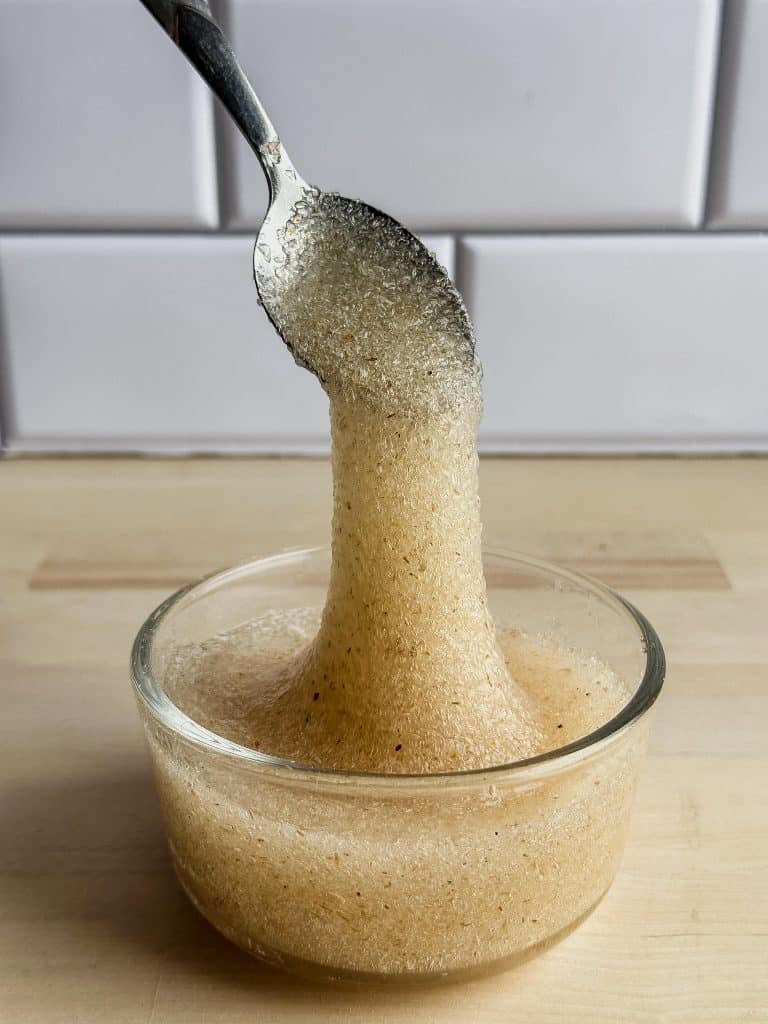
How to Use Psyllium Husk in Baking: Dry vs. Gel
There are two different methods of how to incorporate psyllium husk into your gluten free baked goods.
Dry Psyllium Husk In Gluten Free Baking
The first method is to mix whole psyllium husk directly into the flour mix and dry ingredients before adding the wet ingredients. As the dough comes together with the rest of the ingredients, including the liquids, the psyllium husk absorbs liquid and helps create structure and bind the ingredients together.
This method requires a bit of patience, as the gluten-free dough starts with a gloopy, batter-like texture before firming up as both the psyllium husk and gluten-free flours fully hydrate.
This is the method I use for my Gluten-Free Sourdough Bread Recipe, and it consistently delivers good results. For optimal handling, let the mixture sit for a few minutes after mixing to allow the gluten free flour blends and psyllium husk to fully hydrate.
Psyllium Husk Gel in Gluten Free Baking
The second method for using psyllium husk in baking is to first create a psyllium gel before mixing it into your dough. Instead of adding psyllium husk directly to the dry ingredients, you mix it with water in a separate bowl and let it sit for a few minutes until it forms a thick, gel-like consistency. I now believe this method is the best practice and gives the best results for many recipes.
This pre-hydrated gel helps ensure even distribution throughout the dough, improving its ability to retain moisture and structure. By using psyllium gel, your gluten-free dough becomes more workable, easier to knead, and less sticky, making it much easier to handle and shape. Having a good stability of the gel often leads to better rise, elasticity, and a softer final texture in baked goods.
Both methods can be effective, but always follow the recipe as written—most authors (myself included!) test their recipes extensively to achieve the best possible outcome.
How to Store Psyllium Husk
Psyllium husk is fairly shelf-stable, but to keep it fresh and at its best for baking:
- Store it in an airtight container to prevent moisture from affecting the texture.
- Keep it in a cool, dry place, like your pantry or a cupboard away from heat sources.
- Avoid humidity, as psyllium husk absorbs water easily, which can make it clump or lose its effectiveness.
When stored properly, psyllium husk can last up to two years, though it’s always a good idea to check for any signs of clumping or an off smell before using it in your recipes.
Recipes that Use Psyllium Husk
Check out these delicious recipes that use psyllium husk to create soft, flexible, and perfectly textured gluten-free baked goods! Try them out and experience the amazing benefits for yourself.
How to Make Gluten Free Sourdough Bread with Recipe
Pin It for Later
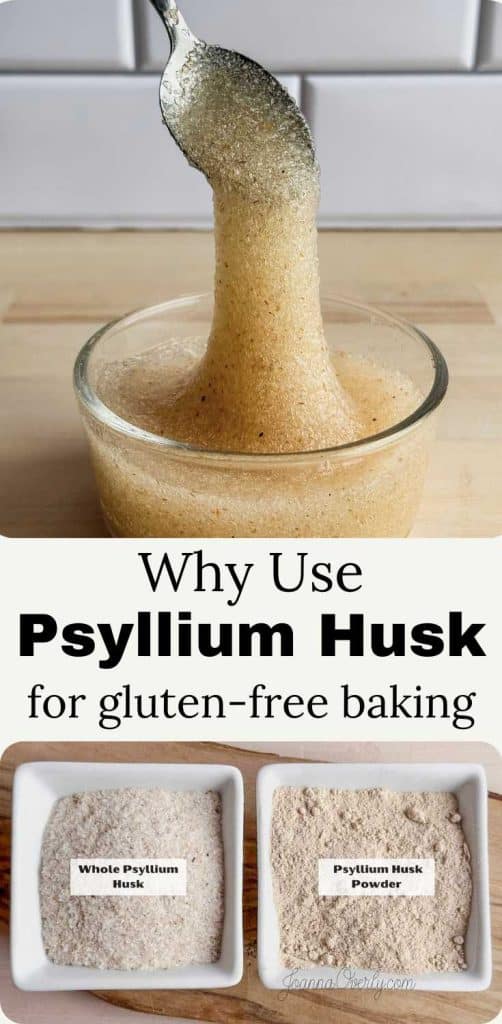
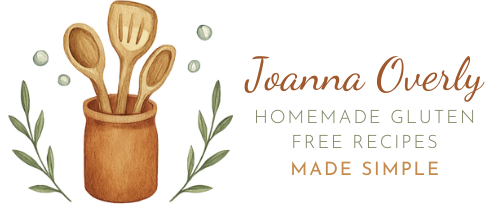
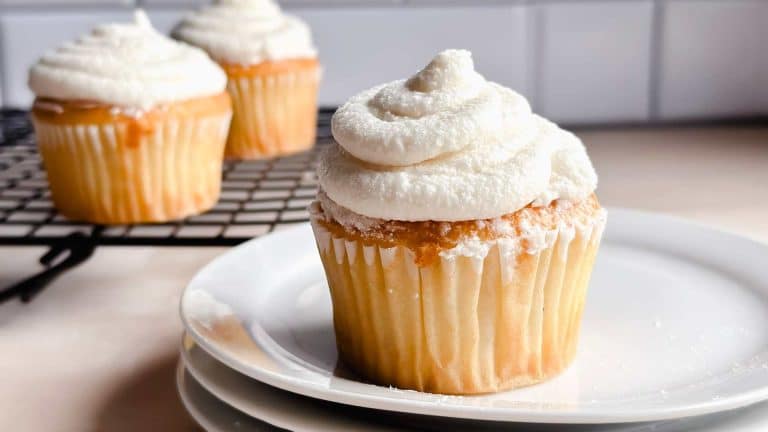
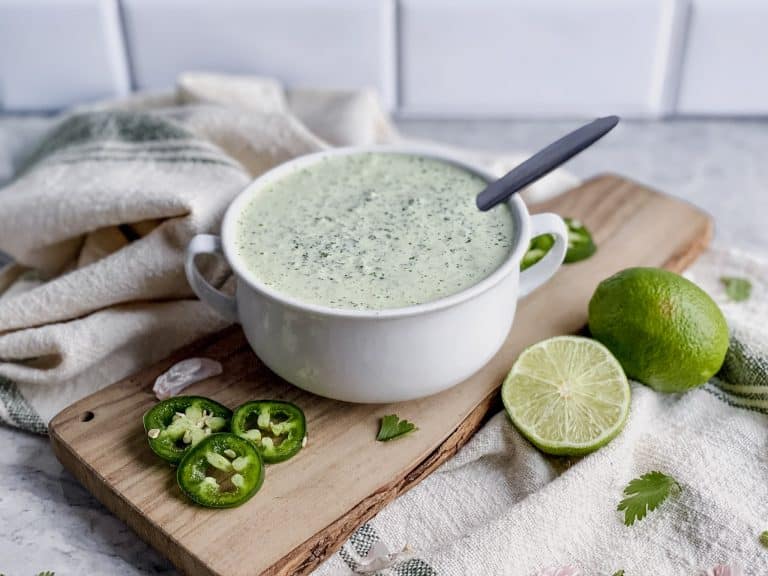

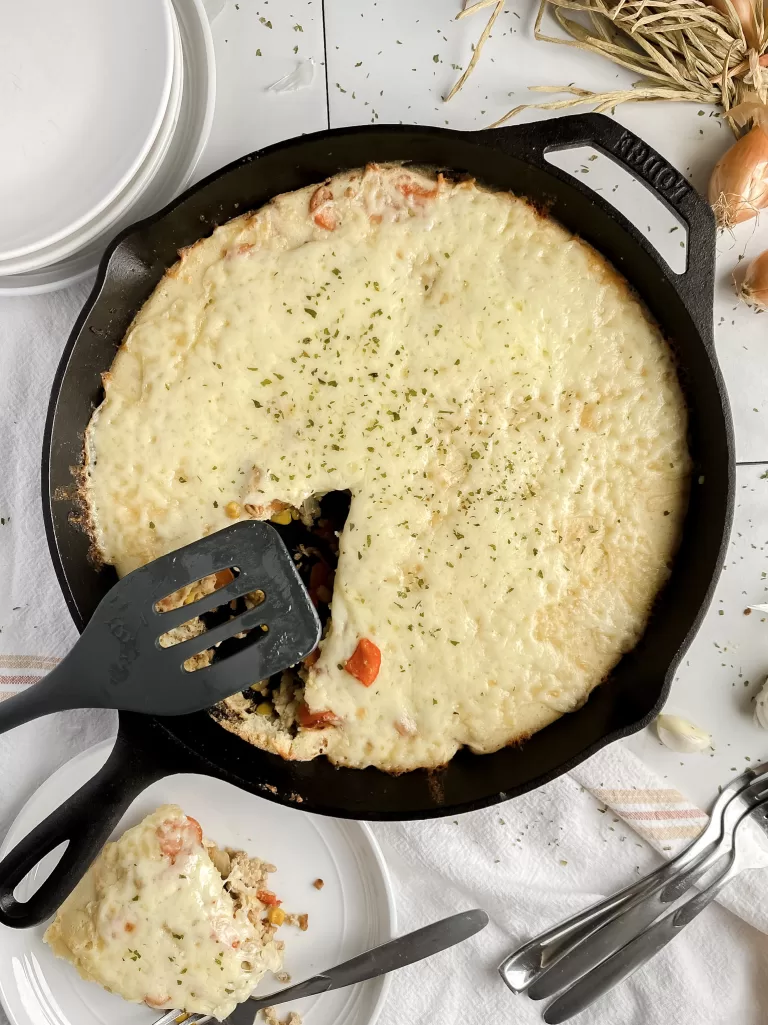
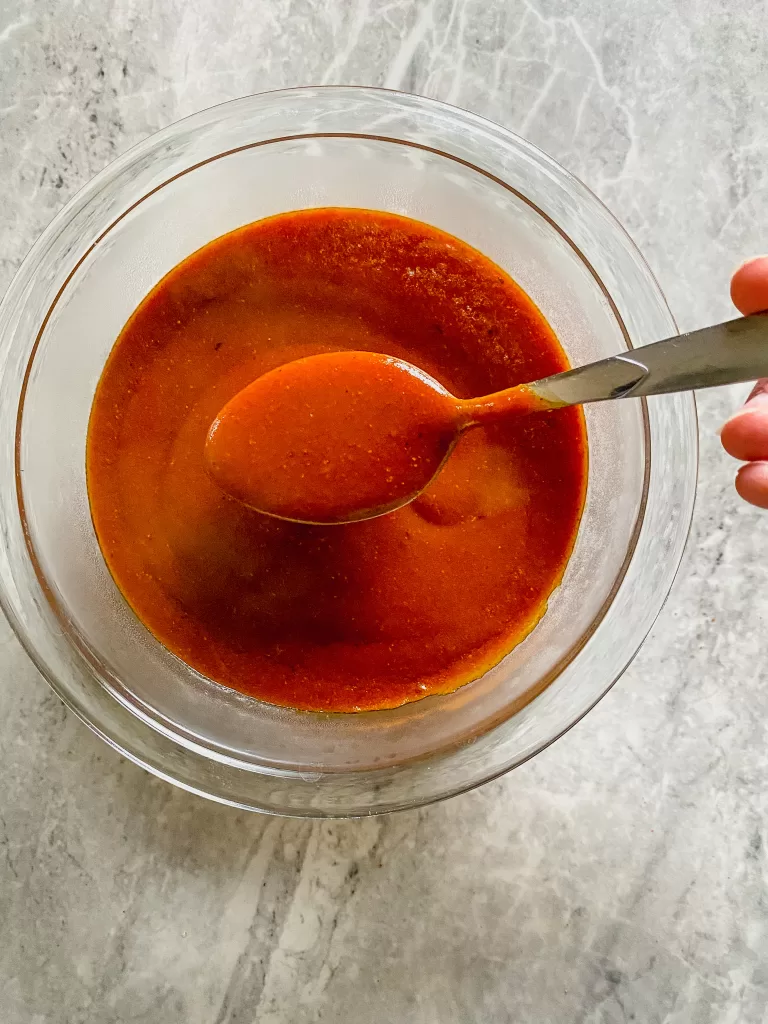
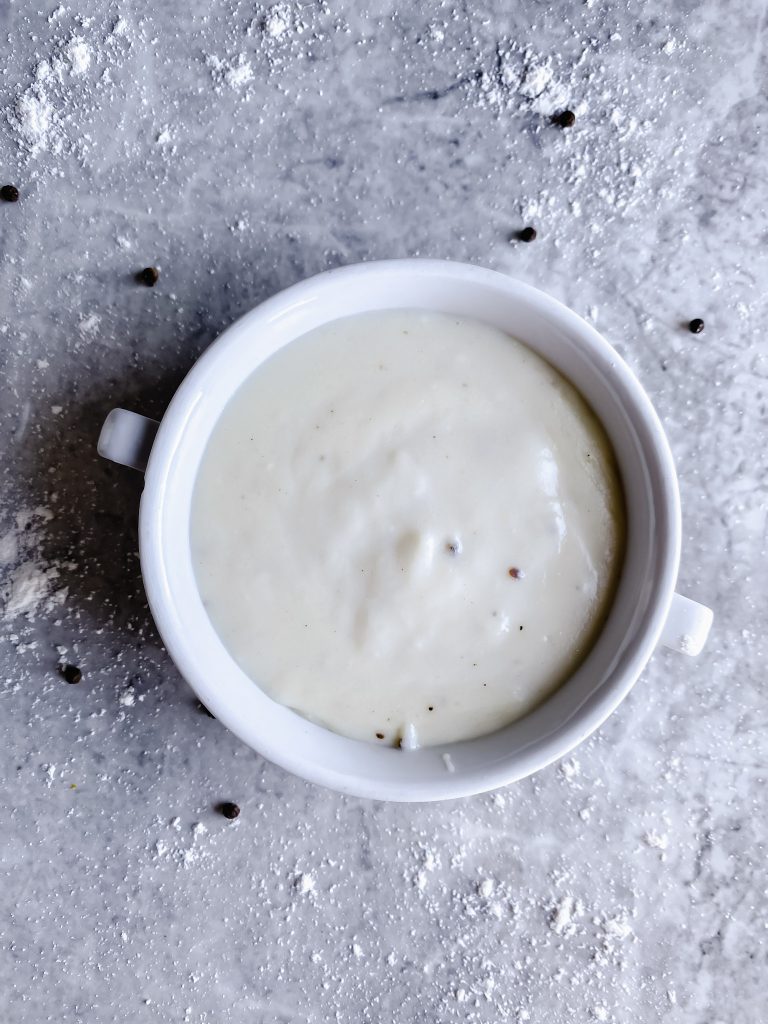
(The font in light makes it really hard to read imo – your blog looks super interesting, but I had to copy paste text and switch font to read it . Idk maybe it’s only me, maybe it’s quite a few.. however perhaps may input is productive/ helps in some way.)
Hi Mina, thank you so much for letting me know, and I’m really sorry it was difficult to read! I just adjusted the text color to a darker shade, so it should be much easier now. I appreciate you pointing it out, and I hope my blog is helpful to you in the future. Have a great day. 🙂